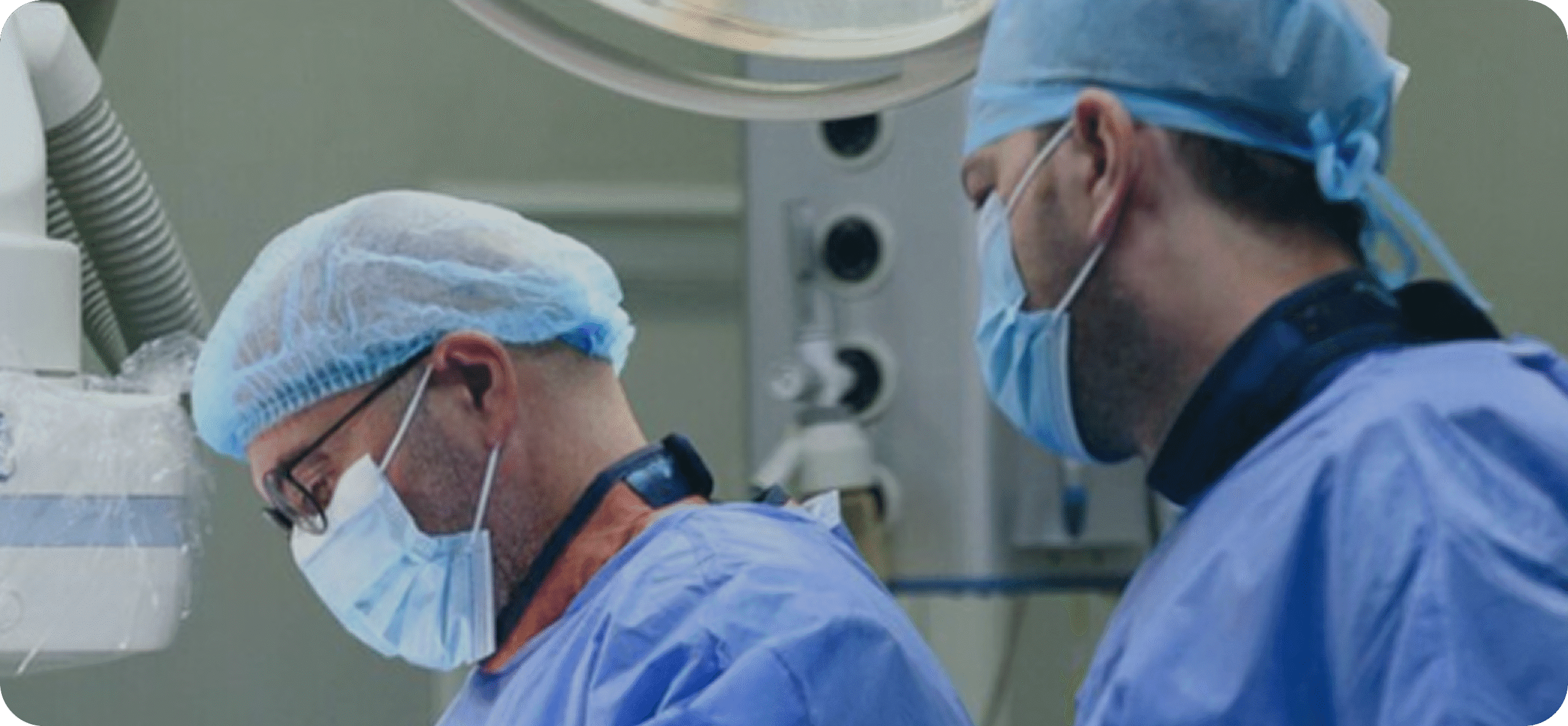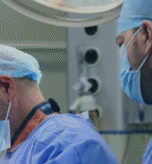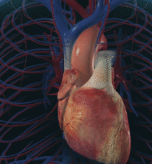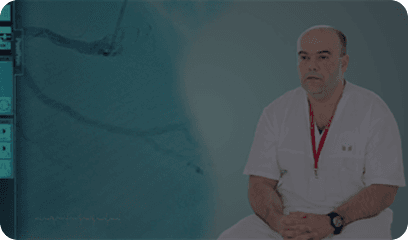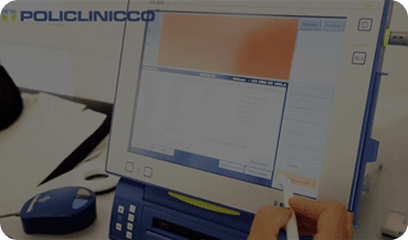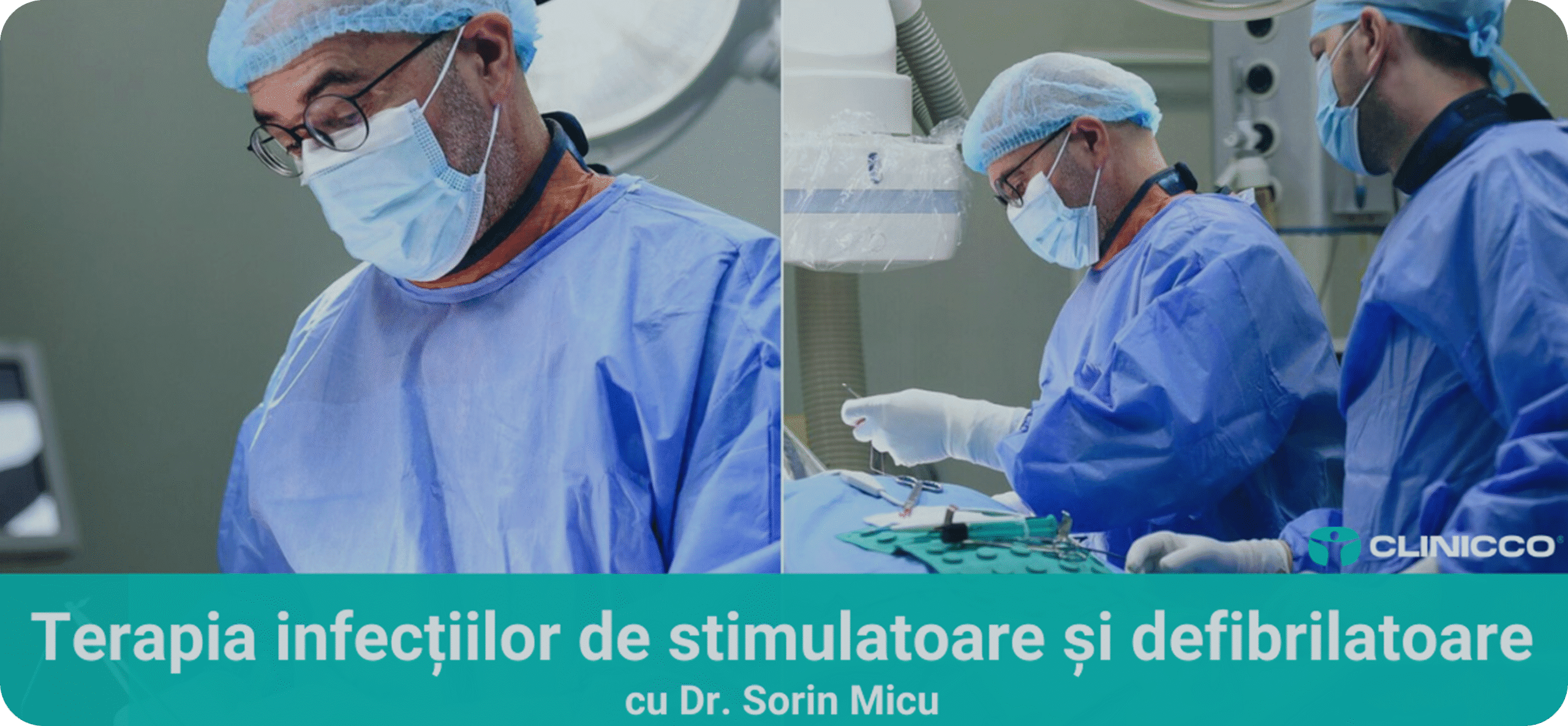
In the last 15 years, the annual number of implantations worldwide has reached about 1.5 million (an increase of almost 100%), but the number of infections has increased by 210%, which means that the number of infections has doubled. This doubling of infections is partly due to the increased number of patients with various diseases, co-morbidities, increased age and survival rates, and the increasing use of complex and highly complex devices and their frequent replacement.
For this reason, the main concerns of doctors implanting pacemakers and defibrillators are assessing the risk of infection, with a global incidence of 1-4%. We note that this number is by no means small (there are a number of patient-related factors: fever before implantation, skin disorders, oral anticoagulants; procedural factors: prolonged procedure, hematoma, previous procedure, inexperienced implanter; device-related factors: pocket).
In situations with a high risk of infection, Clinicco physicians routinely use an antimicrobial (antibiotic) protective wrap. This does not prevent the infection completely, but only reduces the risk of infection by about half, which is a significant but not sufficient percentage.
Any infection automatically infects the machine and, over time, the probes. The general indication is extraction; if they are not extracted (the machine and tubes), the infection will not heal. Therefore, any attempt to treat the infection with antibiotics after the infection has occurred is generally unsuccessful. Even when specific antibiotics are given for the specific microbe, the infection does not go away, the only solution is to remove the device and tubes.
The most common reason for needing to remove the catheter is because an infection has developed on the device or the catheters.
The well extraction procedure is a complex procedure, representing another field of activity. This is why well logging requires appropriate expertise, specific materials and tools and a particular context.
For this reason, not all hospitals where implantable medical devices are implanted are able to perform their removal. This procedure requires the existence of a specialized removal centre.
Another increasingly common reason for removing boreholes is when they break or stop working properlyEspecially if these leads are vital (defibrillators, pacemaker-dependent patients), the immediate placement of new leads is mandatory, which may require the removal of dysfunctional ones.
To remember: Any change in the appearance of the wound may raise the suspicion of infection (redness, pain, pus, pus, undue fever, thinning of the skin, visible appliance/probes). It is recommended that you go as soon as possible to your doctor or the center where the implant was performed.
The Clinicco Hospital Brasov offers the possibility of extraction of probes in its unit with Dr. Sorin Micu, primary cardiologist, PhD in medical sciences, head of electrophysiology and implantable devices.
